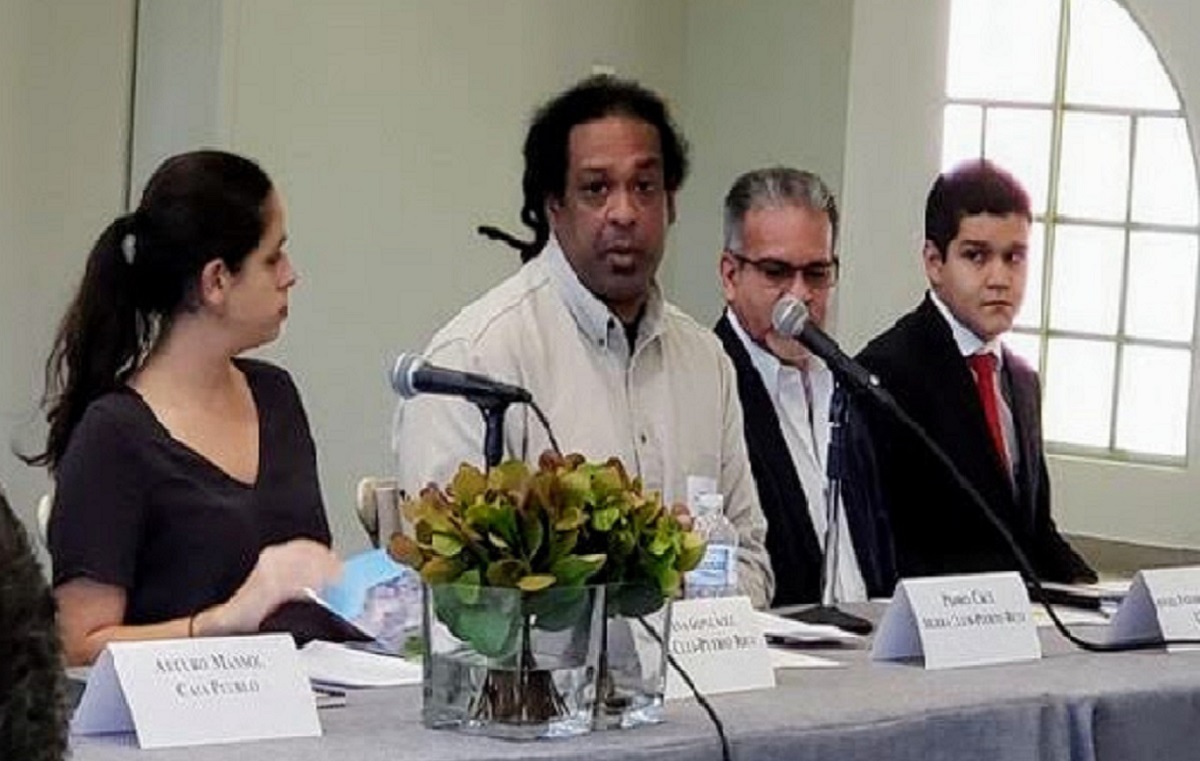His “Executive Order on Tackling the Crisis at Home and Abroad” not only acknowledges the urgency of the climate crisis, it also ensures that environmental justice and frontline community voices have a seat at the table where solutions are being worked out. These are communities that have been subjected to chronic underresourcing, redlining and other forms of housing discrimination, state-sponsored police violence, and exposure to toxic pollution. After decades of being shut out of decision-making spaces, they are finally seeing some of their concerns addressed, and some measures of repair begun.
Biden’s early executive actions created the White House Climate Policy Office and a Climate Task Force that engage government agencies to protect our environment and reduce the impact of the climate crisis. One way they’ll work toward that goal is through economic justice in the form of investment in frontline communities. Biden’s executive order promises to allocate 40 percent of government investments in clean energy and related areas to the environmental justice communities that have been disinvested for decades.
Once implemented, this investment would be a correction to President Roosevelt's New Deal, where a massive investment in building infrastructure plus a strong labor movement helped to create a solid middle class as never seen before in human history. But Black, Indigenous, and Latinx people were systematically excluded from those benefits. Now that the challenge is to revitalize a post-COVID economy while transitioning from fossil fuels to clean energy, the promise of targeteing 40 percent of relevant federal investments to EJ communities is a welcoming and refreshing correction that addresses our climate nightmare as it opens the door to economic opportunities for those communities. These funds can help create good-paying green jobs in communities that need them, especially in the wake of the recession caused by the COVID-19 crisis, which has hit low-income people and BIPOC folks hardest.
These executive actions also establish two new environmental justice councils. They direct every federal agency to install environmental justice officers, and create new offices of environmental justice in the Department of Justice, the Department of Human Health and Services, and other agencies. These new officers and offices will help elevate environmental justice as a priority across the whole government, connect exposure to pollution with health outcomes, and help give impacted communities the tools they need to hold polluting corporations accountable. They’ll uplift the bold idea that breathing clean air and drinking clean water should be a human right.
Biden’s early executive actions also work to strengthen environmental protections and enforcement at the EPA, which were radically undermined by the Trump administration. That benefits Black, Brown, and Indigenous communities most exposed to pollution.
All of these measures are much-needed and much-welcome. But one executive action that didn’t get that many headlines and holds transformative potential is the infusion of funds into FEMA for climate resilience work. A global pandemic, the most active hurricane season on record, and the wildfires we experienced last year show how ill prepared we are to deal with the frequency and intensity of climate related disasters that are part of our new reality. That’s especially true for the communities of color that are impacted twice, first when the disaster hits, and later with an inefficient and unequal response from federal and local authorities.
The Sierra Club’s Healthy Communities Campaign, where I serve as director, has been focusing on climate resilience in frontline communities since Hurricane Harvey in 2017. (Other Sierra Club campaigns started doing this work even earlier, after Hurricane Katrina.) Even if we stopped burning fossil fuels tomorrow, our planet has already warmed enough that we can’t avoid more climate disasters. We need to build seawalls, green our infrastructure, and restore wetlands to keep us safe from the climate chaos that’s already here. Investing in climate resilience isn’t just the right thing to do: It also makes economic sense. For every $1 put into climate resilience, taxpayers save $6.
The Biden administration aims to increase FEMA’s climate resilience funding from $550 million to up to $10 billion. That will help ensure the people on the frontlines of climate disasters -- often forced into high-risk zones because of redlining, housing discrimination, or inability to afford a safer place to live -- have the resources they need to survive future storms. These funds will also help members of frontline communities to stay in their homes after disasters. Too often, displaced community members who can’t afford to rebuild are replaced by wealthier, whiter homeowners seeking waterfront property. It happened after Hurricane Katrina in New Orleans and it’s happening now in Puerto Rico after Hurricanes Maria and Irma.
While I’m excited about these executive actions, I know that implementation will be key to their success. I hope to see the Biden administration prioritize meaningful and deep engagement with environmental justice communities that have been unseen, unheard, and underrepresented in decision-making spaces for too long.
But executive orders can be easily reversed with a change in administration. That’s why congressional action here and now is vital. The Environmental Justice for All Act, introduced last year, would strengthen civil rights and environmental protections to ensure that communities benefit from healthy environments, access to the outdoors, and a just transition away from fossil fuels. It’s time to pass it. Biden’s executive actions, and legislation like the Environmental Justice for All Act, represent a good first step toward addressing systemic environmental racism, and there is a right way to keep moving forward. Equitable and just solutions to our environmental crises must come from the grassroots; they can’t be dictated from DC.
